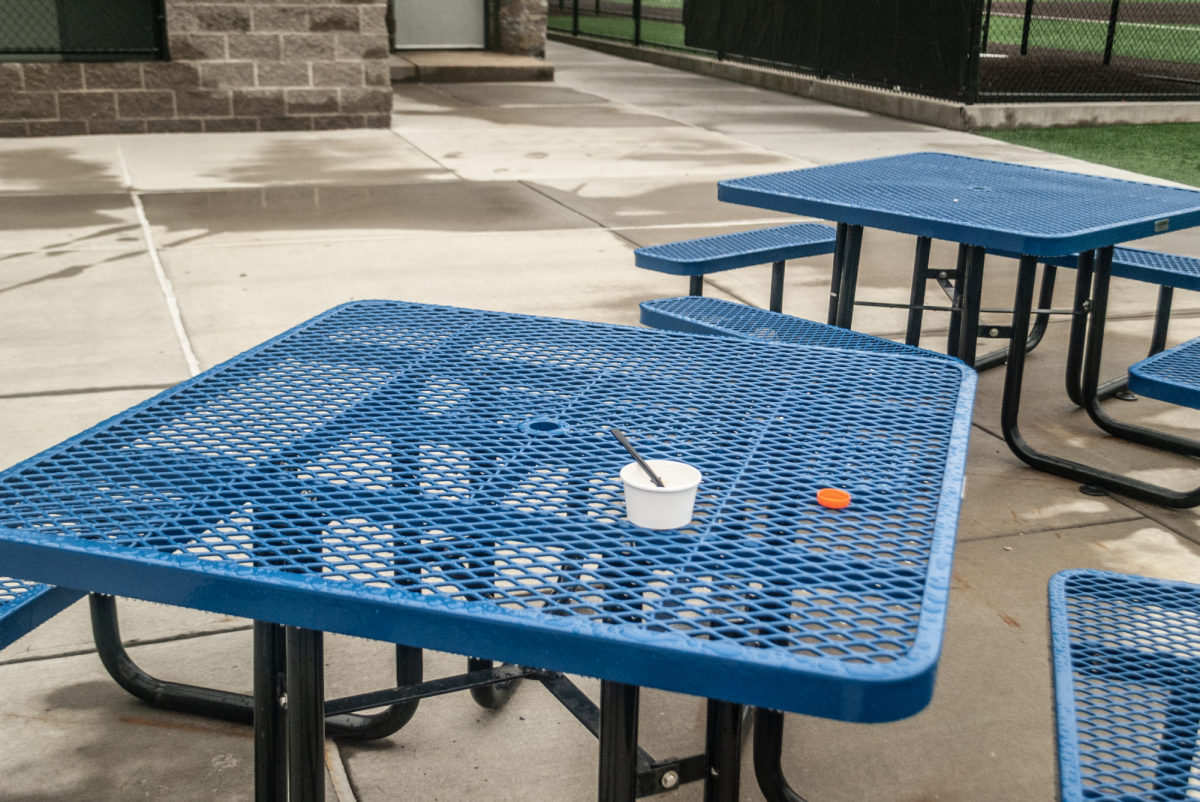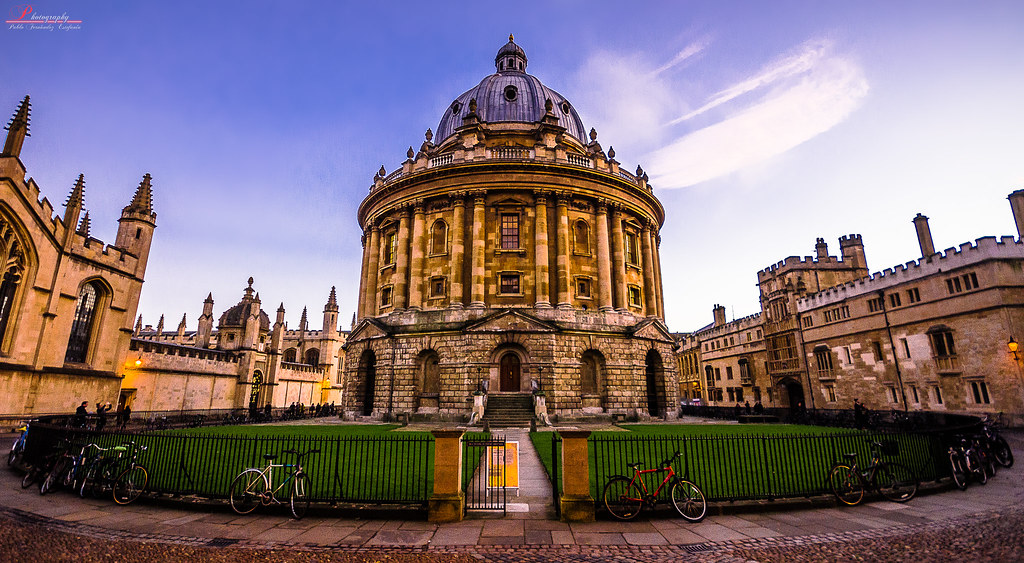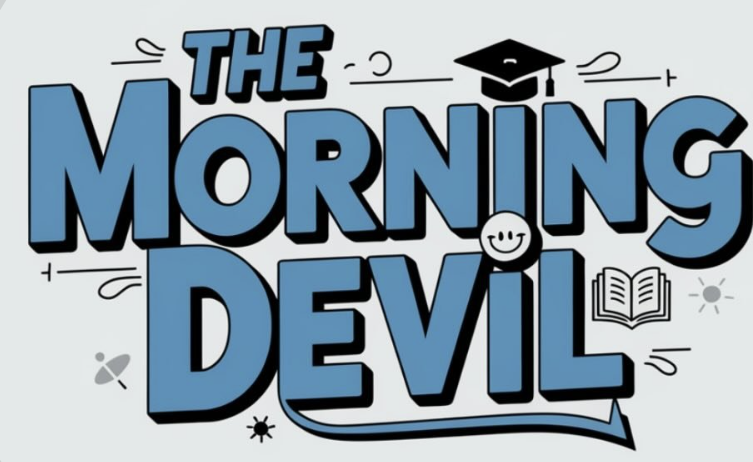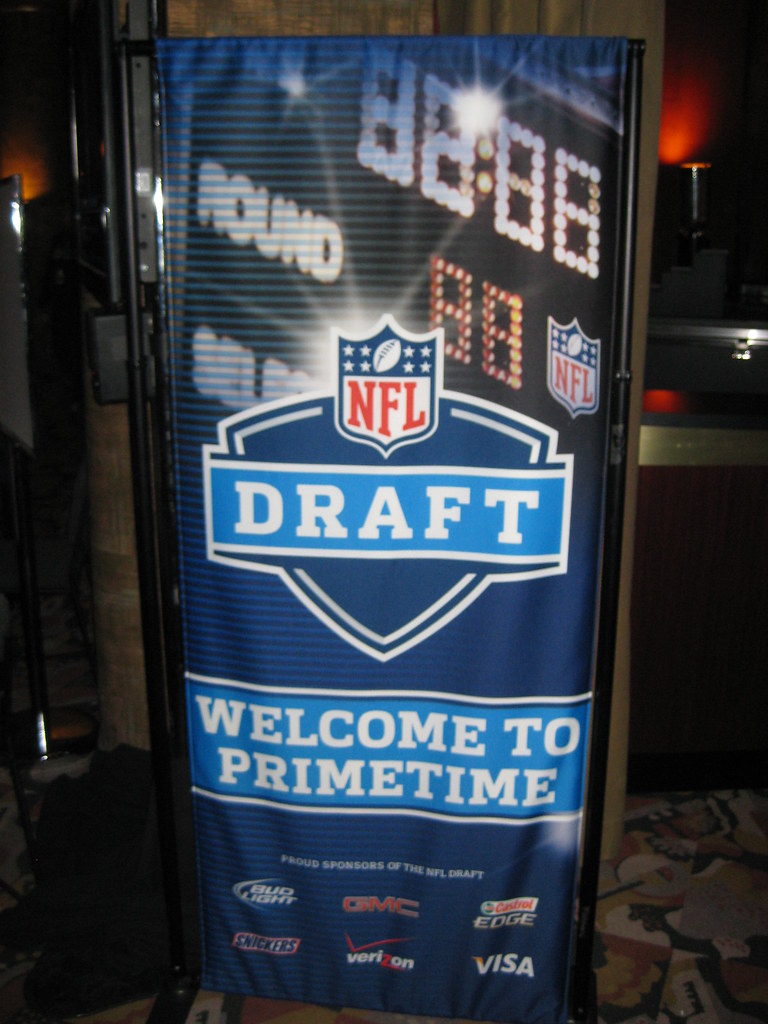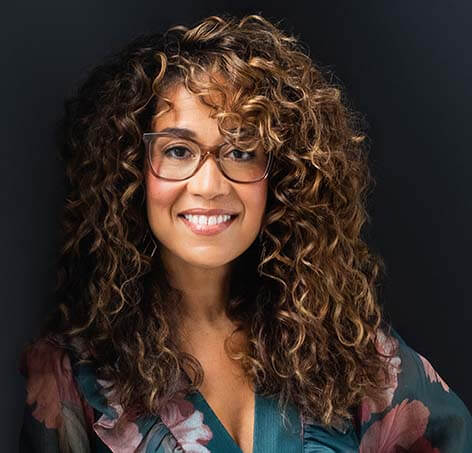“The MTA is essential — and essentially broken,” described Felipe De La Hoz, a writer
for Epicenter NY. The New York City Metro Transportation Authority has existed for over 100
years and hosts millions of riders daily. Despite this, the MTA is a constant source of discontent
for New Yorkers. In recent years, the MTA has faced increasing numbers of delays, safety
issues, and problems due to aging infrastructure and a lack of funding. As a result, 53 percent of
people are dissatisfied with the NYC Metro, according to a recent survey conducted by the NY
Post. In response to this dissatisfaction, the MTA has proposed a new plan to ensure that New
Yorkers have access to reliable, affordable, and safe transit: The MTA Capital Plan.
The MTA Capital Plan is an extensive effort to modernize and improve the aging NYC
transit infrastructure, and in doing so, improve riders’ experience. “This Capital Plan was
developed by the most comprehensive analysis the MTA has ever undertaken to truly understand
the needs of the system, the challenges and opportunities,” said MTA Chair and CEO Janno
Lieber. The proposed 54 billion-dollar plan focuses on improving the subway, bus and commuter
rail systems, modernizing outdated technology, renovating train stations, and improving overall
service. The initiative aims to address the challenges of overcrowding and delays, creating a
more efficient and reliable transit network.
The first step of the planned project involves tackling inconsistency and frequent delays.
Passengers often experience unpredictable wait times, with no clear indication of how long their
journey will take. Ben Farrar, a computer science teacher at Poly and frequent rider of the MTA,
explains, “The train could be one minute apart, or it could be 30 minutes apart, and you have no
way of knowing. So you never really know, you know that you’re gonna get on the train, but you
don’t know how long it’s gonna take to get to your destination.”
The Capital Plan aims to fix this problem by introducing 1,500 new subway cars to the
subway fleet and replacing decades-old mechanical signals with CBTC (Communication Based
Train Control), which have been shown to reduce delays by 90 percent, according to the MTA
website. To prevent unexpected service disruptions, the Capital Plan would complete a full
overhaul of substations or targeted component replacement at over 60 locations. The MTA is
relying on the recently implemented Congestion Pricing legislation to fund the majority of these
improvements.
Congestion Pricing, proposed by former Mayor Bloomberg in 2007, involves charging a
fee to car and truck drivers who enter Manhattan’s busiest areas during peak hours. Congestion
Pricing has the additional goal of reducing traffic and improving air quality.
By encouraging more people to take public transportation instead of driving, the
Congestion Pricing is expected to not only reduce traffic but also increase subway ridership,
supporting the MTA’s efforts to improve service and reliability. Poly theater teacher and
frequent train rider Keith McDonald shares, “If more people are riding the train, then in theory,
there’s more people who have skin in the game to make it better, right? So if higher earner
taxpayers who have a lot of influence in the city are riding the metro for the first time and seeing
things and are able to affect change, that’s a good thing.”
While the Capital Plan addresses many of the MTA’s persistent problems, there are still
obstacles to overcome. The system continues to struggle with cleanliness, safety, and turnstile
hopping issues. “There were 2,211 index crimes (murder, rape, robbery, burglary, assault and
grand larceny) recorded in the subway,” according to Streetsblog NYan NYC blog that focuses
primarily on transit. According to PIX 11 News, the MTA lost 700 million dollars to toll evasion
in 2023 alone. If the MTA improves security and cracks down on turnstile hopping, it will have
more income to reinvest in the system. Cleanliness is also an ongoing issue. Poly Junior Milo
Forman observes, “Whenever I walk into a subway station, there’s usually some kind of dirt. I
mean it’s gross — there’s water on the train tracks and garbage everywhere.” While the Capital
Plan is a start, overcoming all challenges with the subway requires setting new norms that better
meet people’s expectations of “The Big Apple’s” transit system. Despite the oft-repeated
complaints about the MTA, many people still value the system. The subway runs twenty-four
hours a day, something few other cities can boast; the network is extensive, with the longest trip
spanning over 150 miles. It is also arguably the fastest way to travel around New York City.
Wanley Chen, a writer for Budget Travel points out, “New York City’s Metropolitan
Transportation Authority has, of course, earned its bad reputation with New Yorkers. But… From
Monday to Friday, more than eight million of us choose the MTA to commute to our
destinations.”


